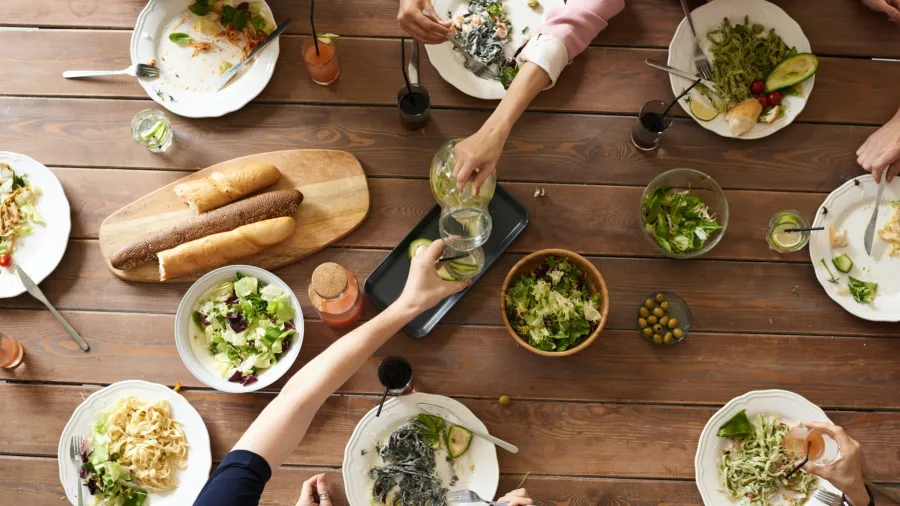
When nostalgia hits: APAC F&B brands bank on ‘throwback marketing’
About 3 in 5 consumers are influenced by how familiar products and services feel.
Food and beverage (F&B) brands in Asia Pacific are relying on “throwback marketing strategies” by releasing retro and vintage-themed product recipes, packaging, and marketing content to attract customers amidst uncertain times.
Tim Hill, Key Account Director at GlobalData Singapore, said that consumers are longing for the “simpler times of the past” at a time of growing geopolitical tensions, persistent inflation, and fears of economic recession.
“In light of the growing stress, consumers are instinctively drawn to comfort foods with flavours, aromas, and visual cues that harken to memories of their childhood or youth,” Hill said.
“The authentic and familiar features can serve as an emotional anchor for them in uncertain times,” he added.
ALSO READ: H&M South Asia weaves sustainability, affordability into the fashion scene
Hill said 59% of APAC consumers are always influenced by the “familiar/trustworthy/risk-free” feels when purchasing products or services, whilst retro styles appeal to younger generations.
Bobby Verghese, consumer analyst at GlobalData, cited MAMEE-Double Decker which launched in March a limited-edition line of their classic noodle snack, with a packaging label featuring its classic blue mascot in the 1970s.
Bidor Kwong Heng also adopted a classic packaging design for its Angel line of sauces in Malaysia, whilst Pepsi-Cola relaunched Pepsi Blue in the Philippines in 2022.
“Infusing vintage elements of yesteryear pop culture, historical, or social references into contemporary product and packaging formats allows companies to subtly hint at their longevity and heritage, without diluting their modern and trendy image,” he said.
Hill added that this strategy was also widely used in China during the pandemic.
Meanwhile, Verghese said, F&B brands can also hinge on throwback pricing from the 1980s or 1990s through a limited-time offer to attract consumers amidst inflation.
Marketers also need to time the campaign for a successful launch and it also needs to be “contemporised” to align with present cultural and social sensibilities despite targeting older consumers.

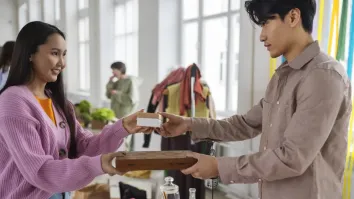
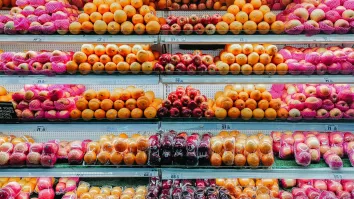
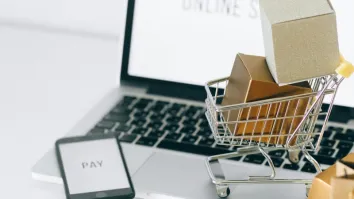


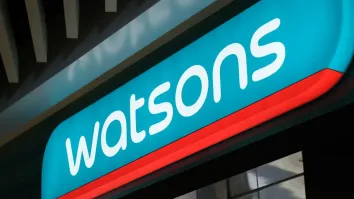
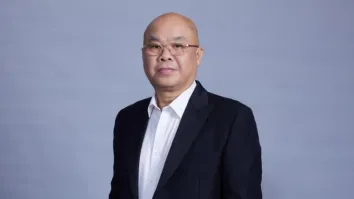
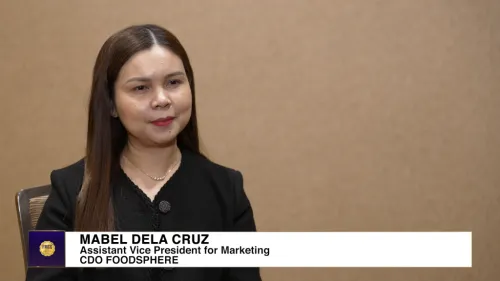
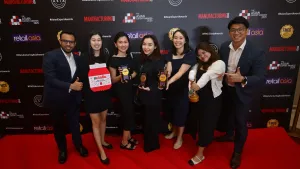






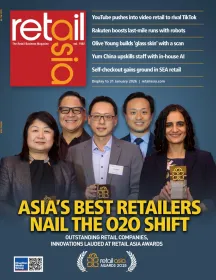
 Advertise
Advertise






